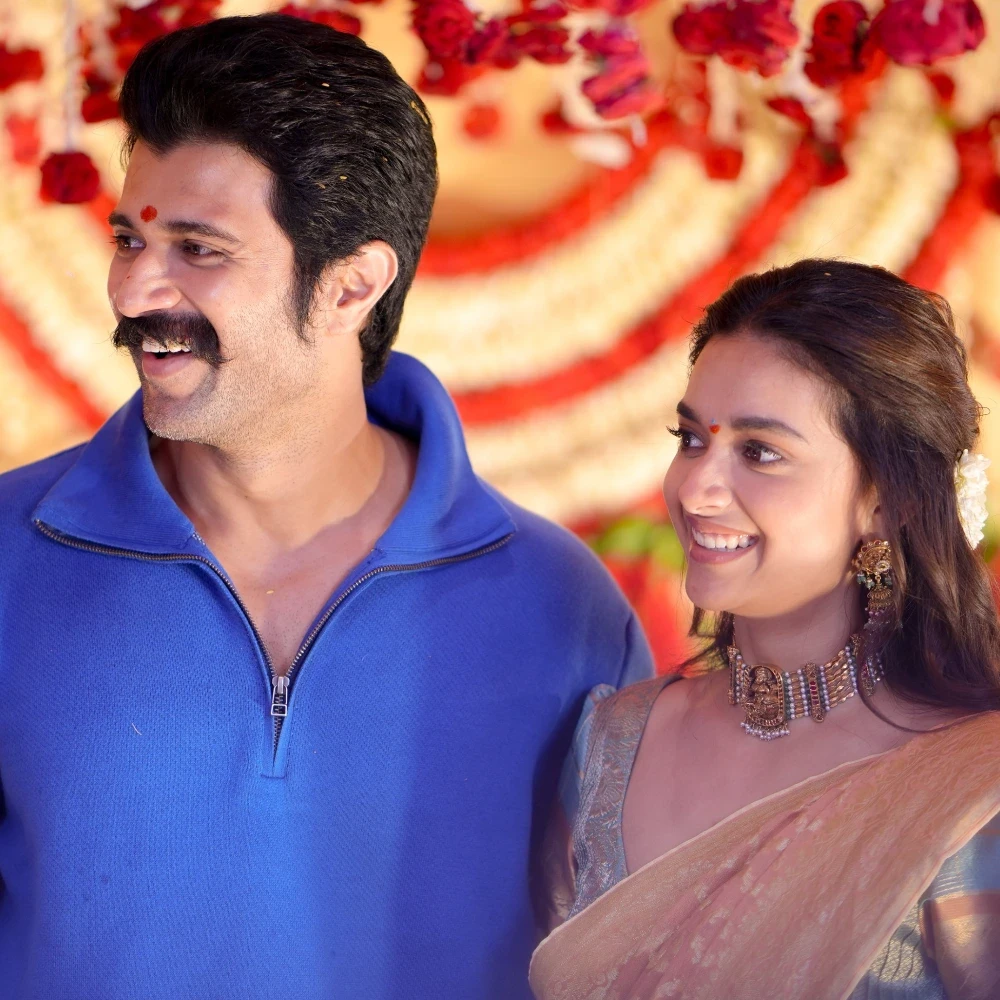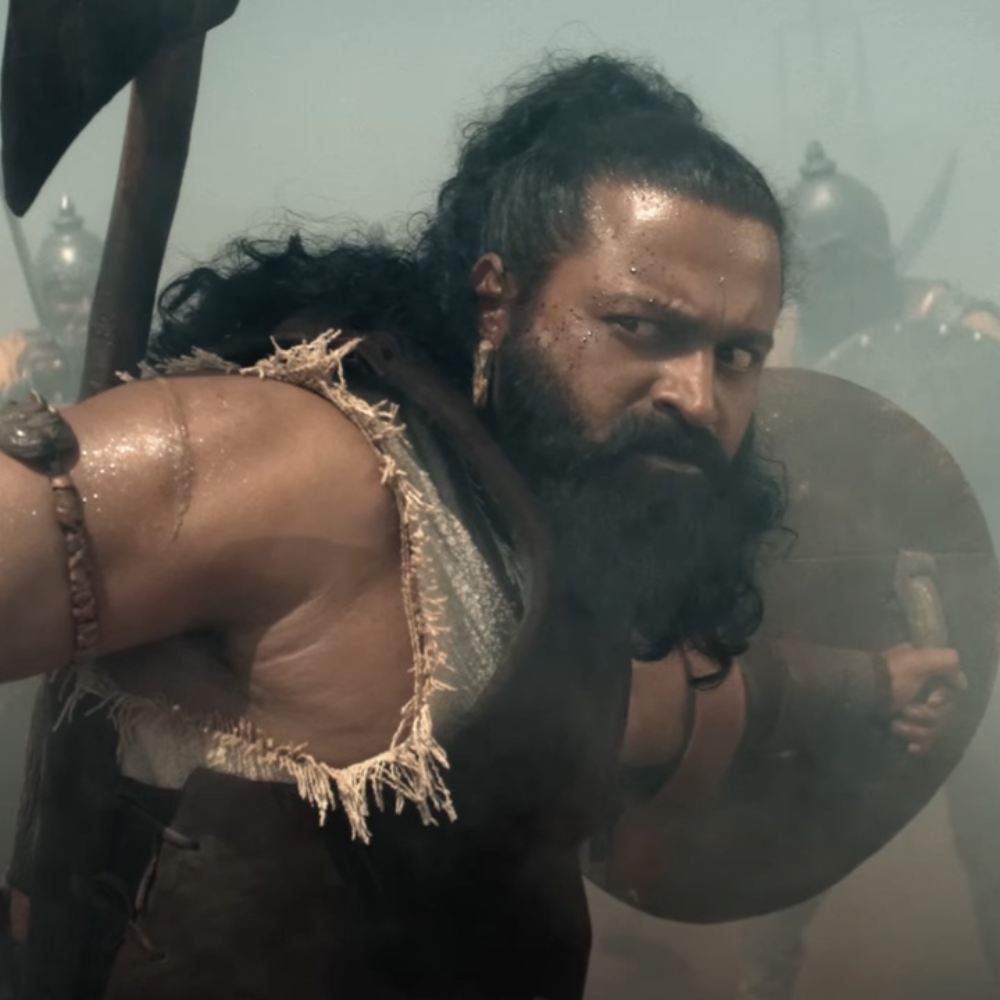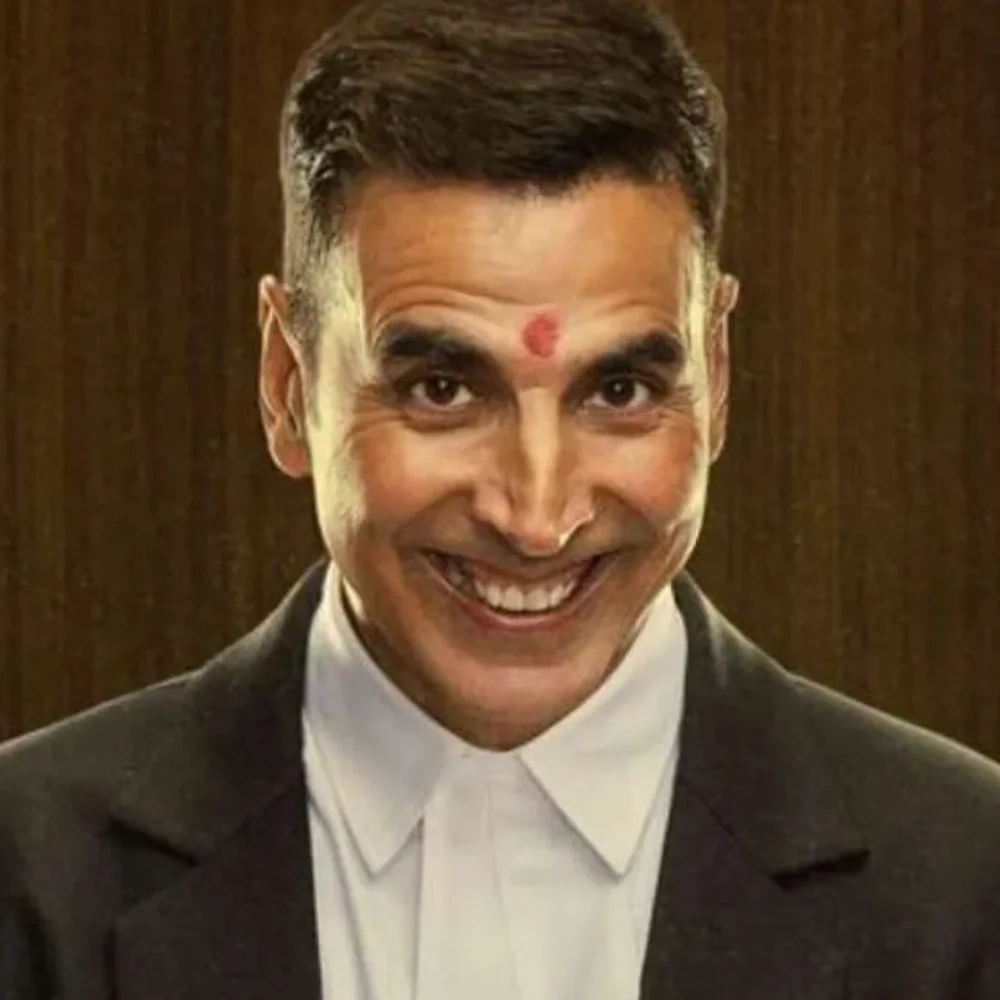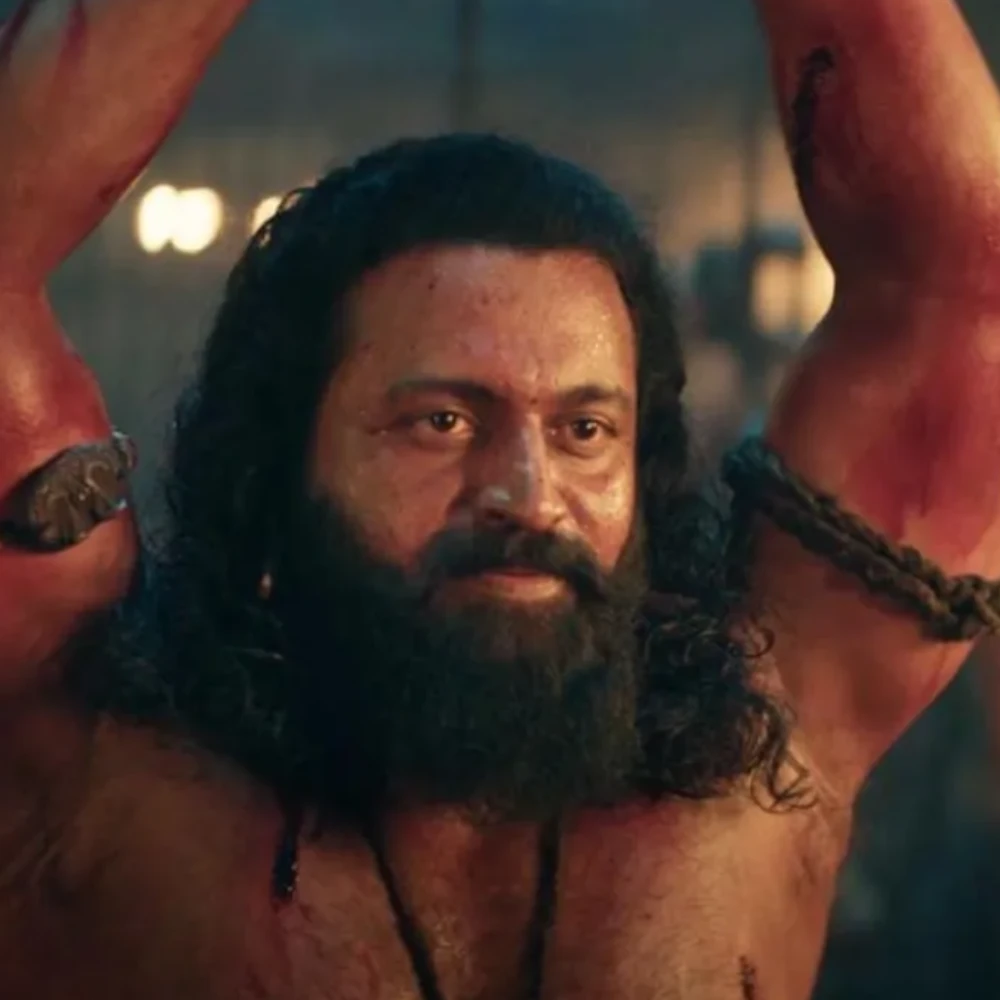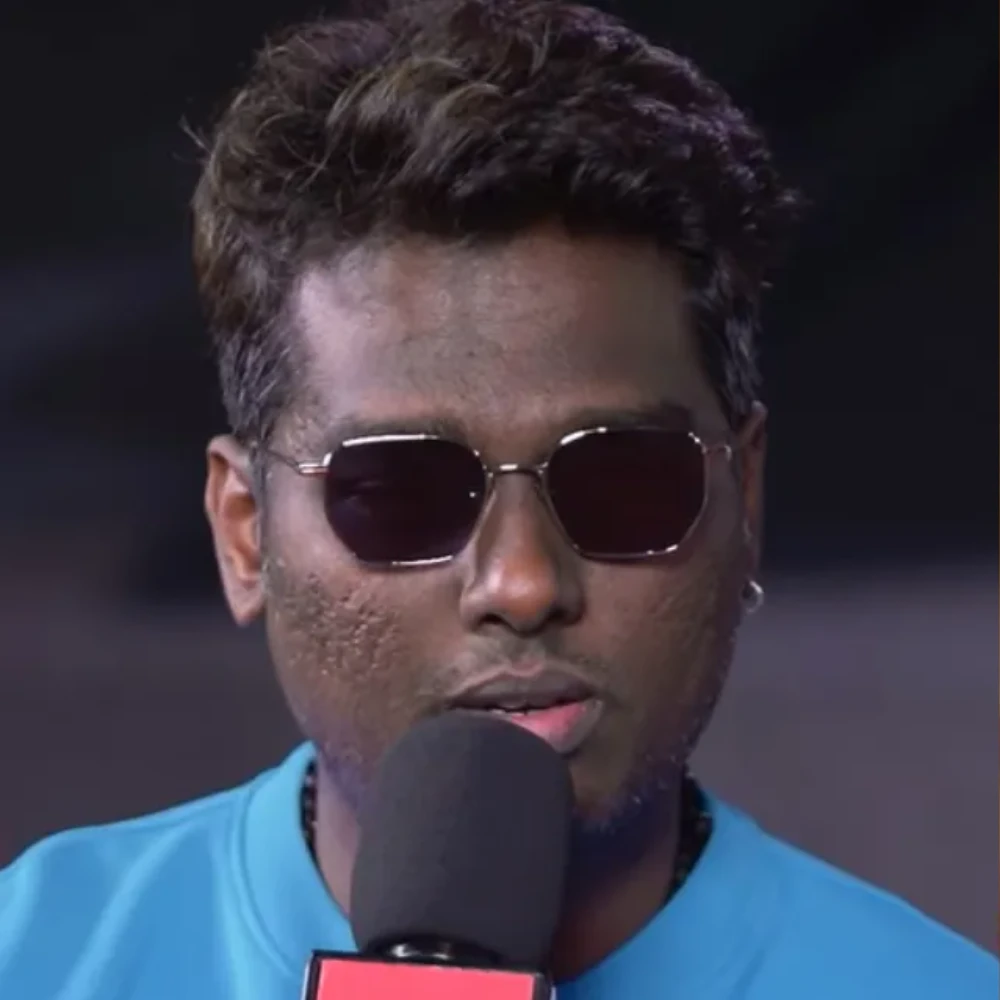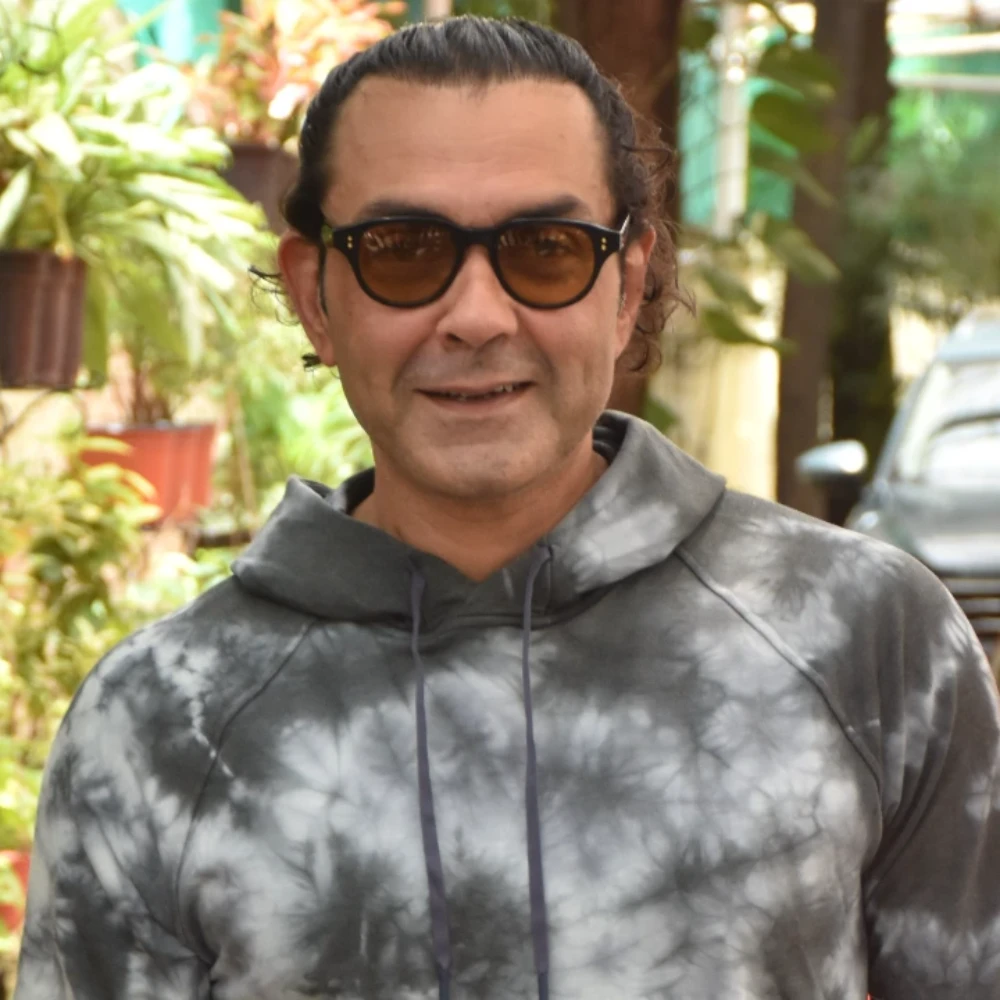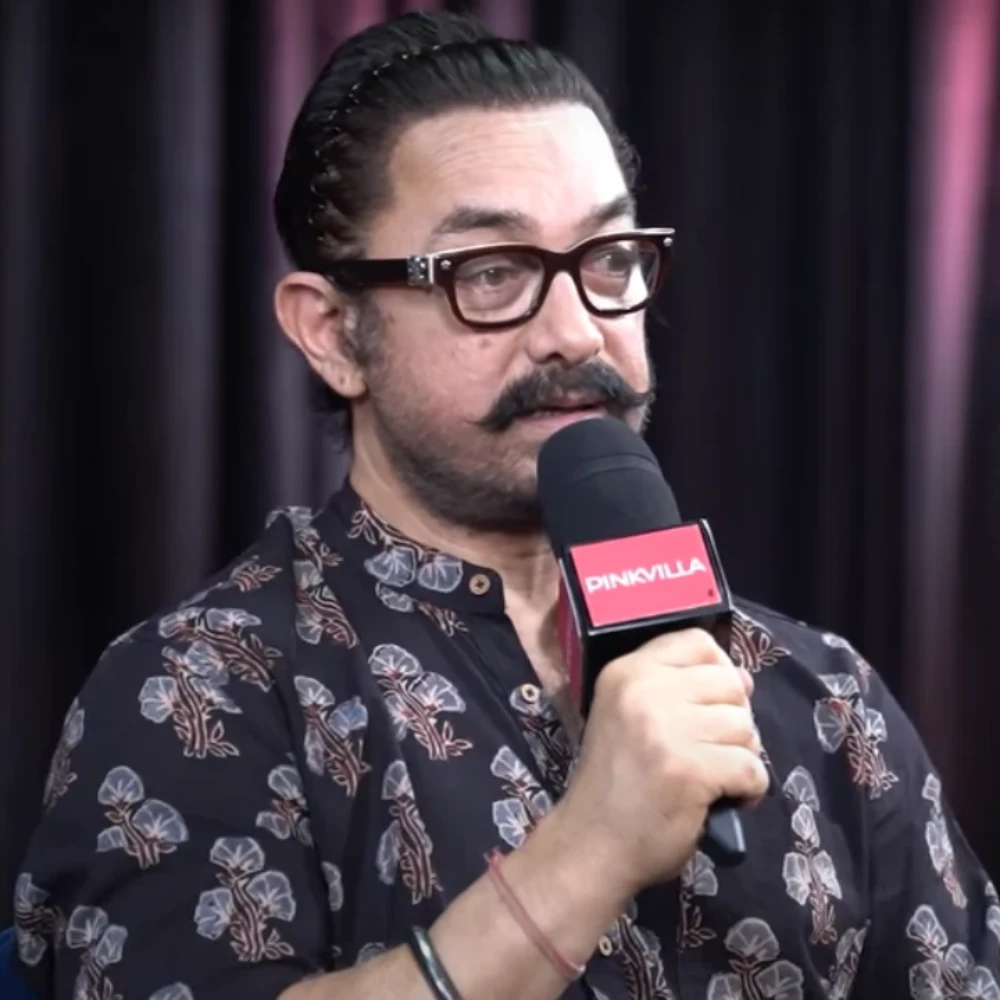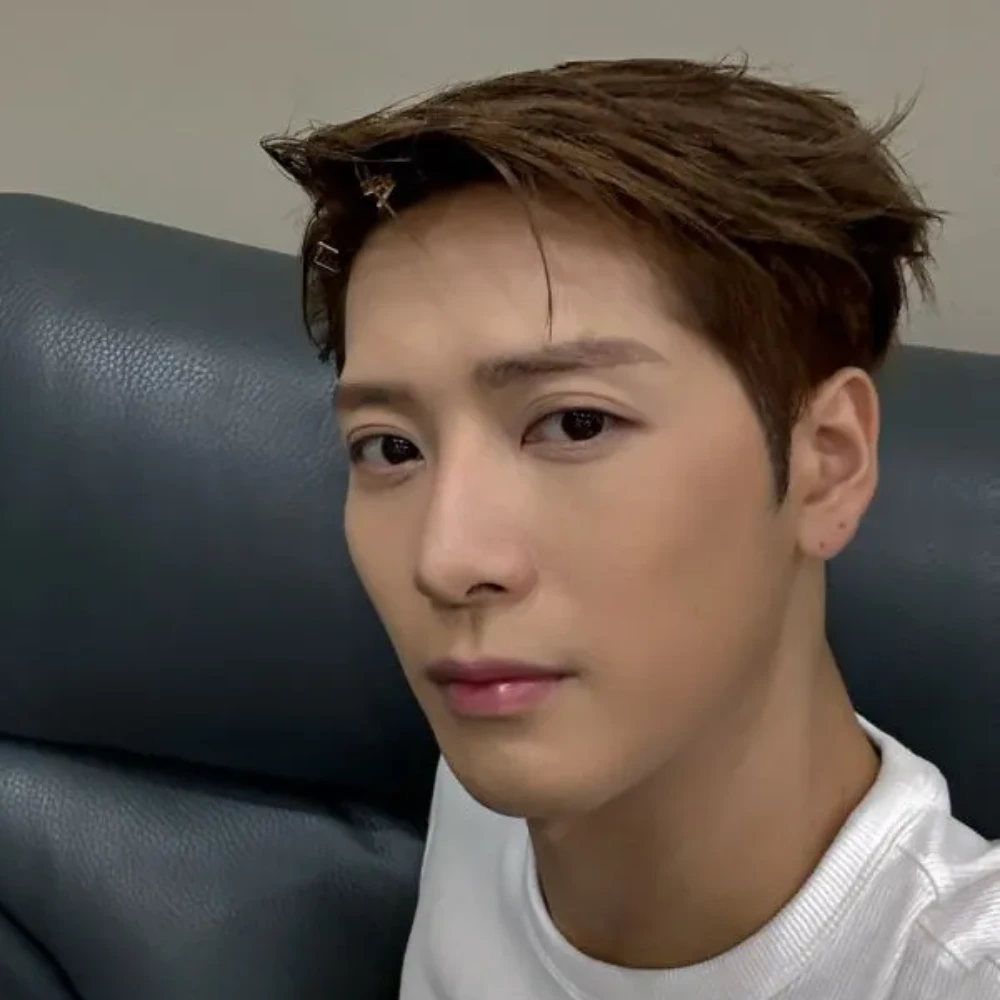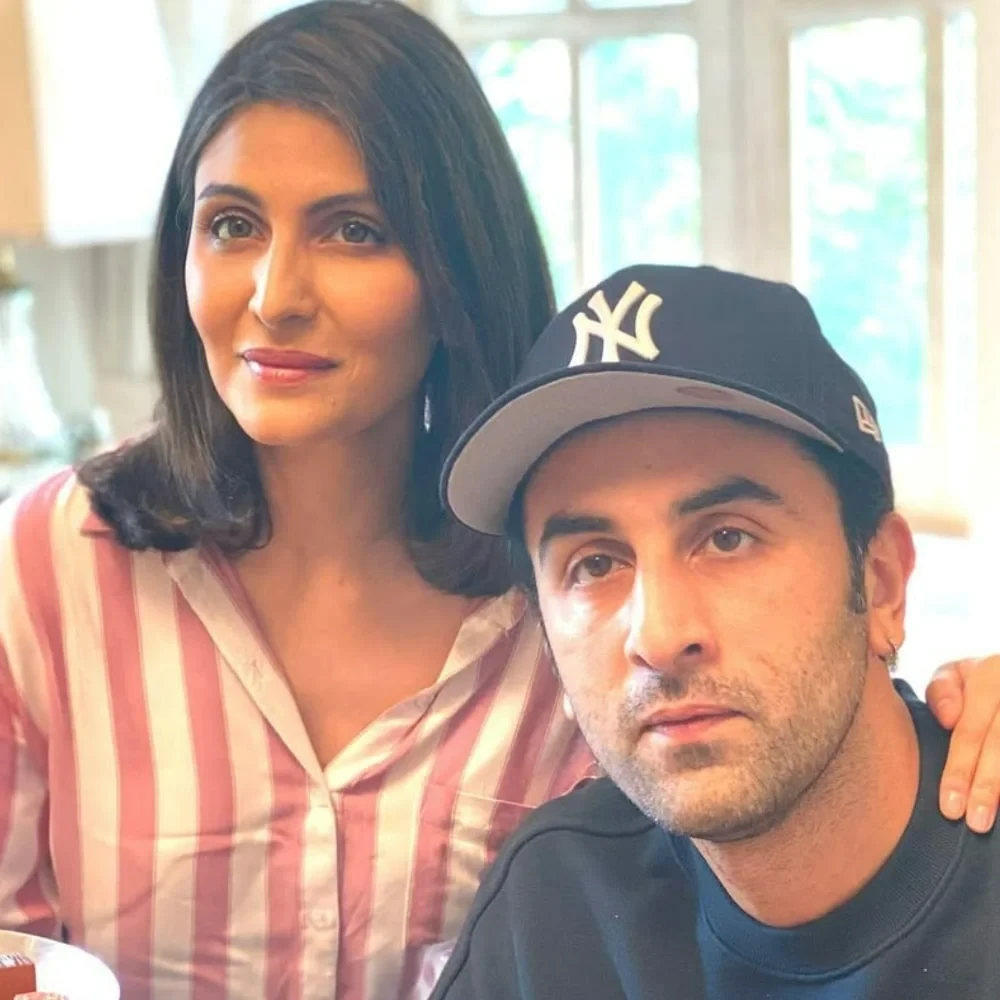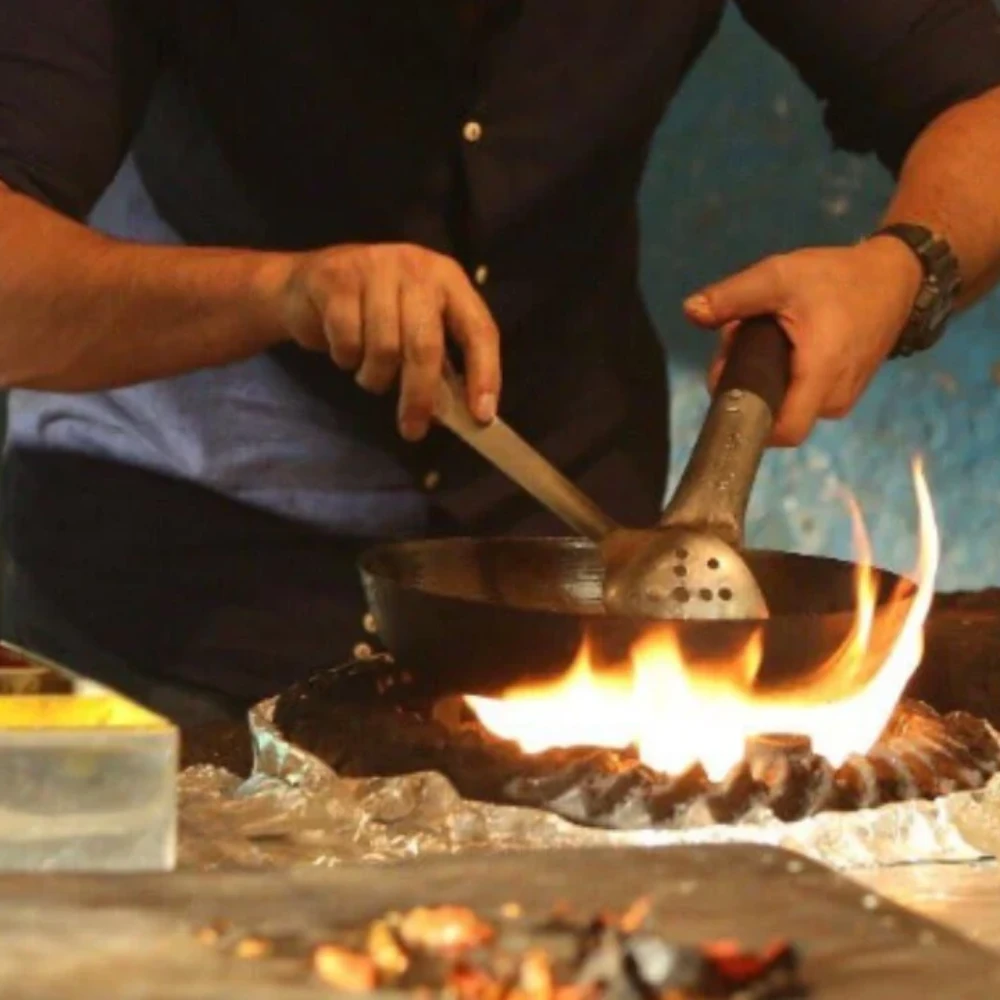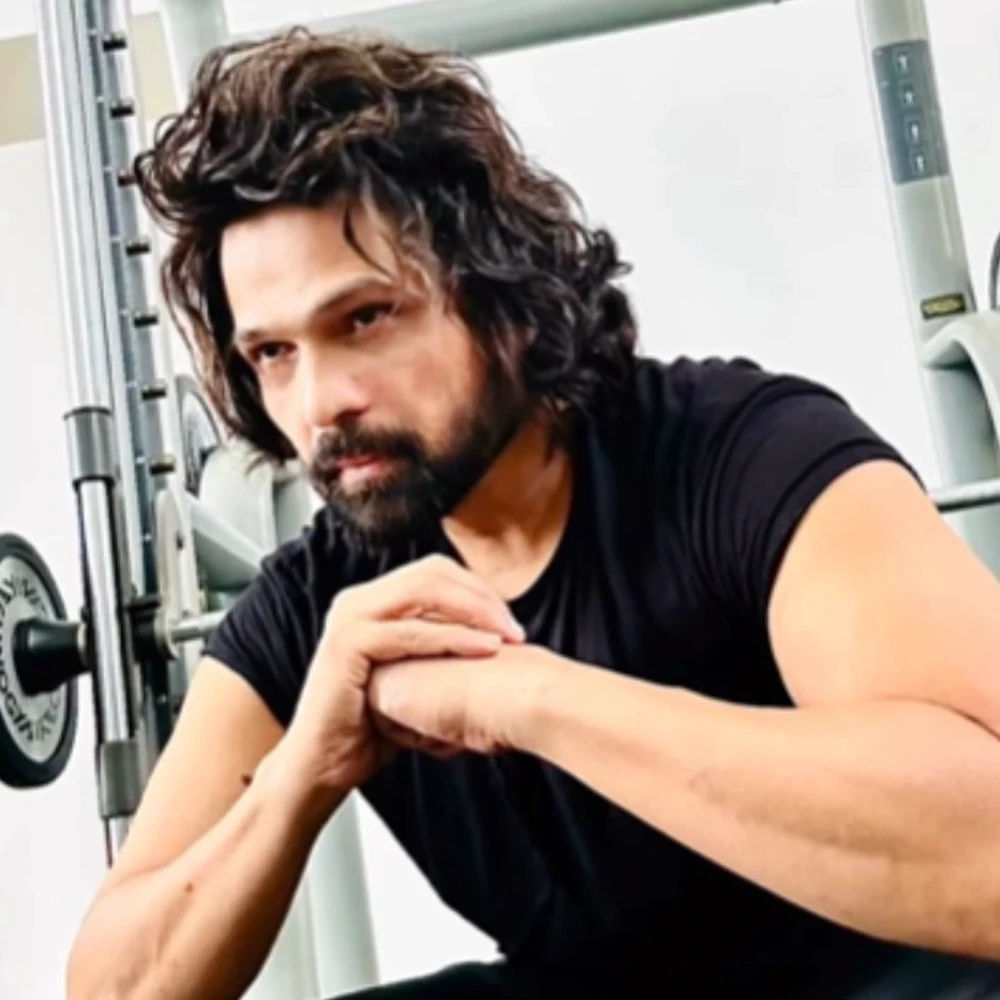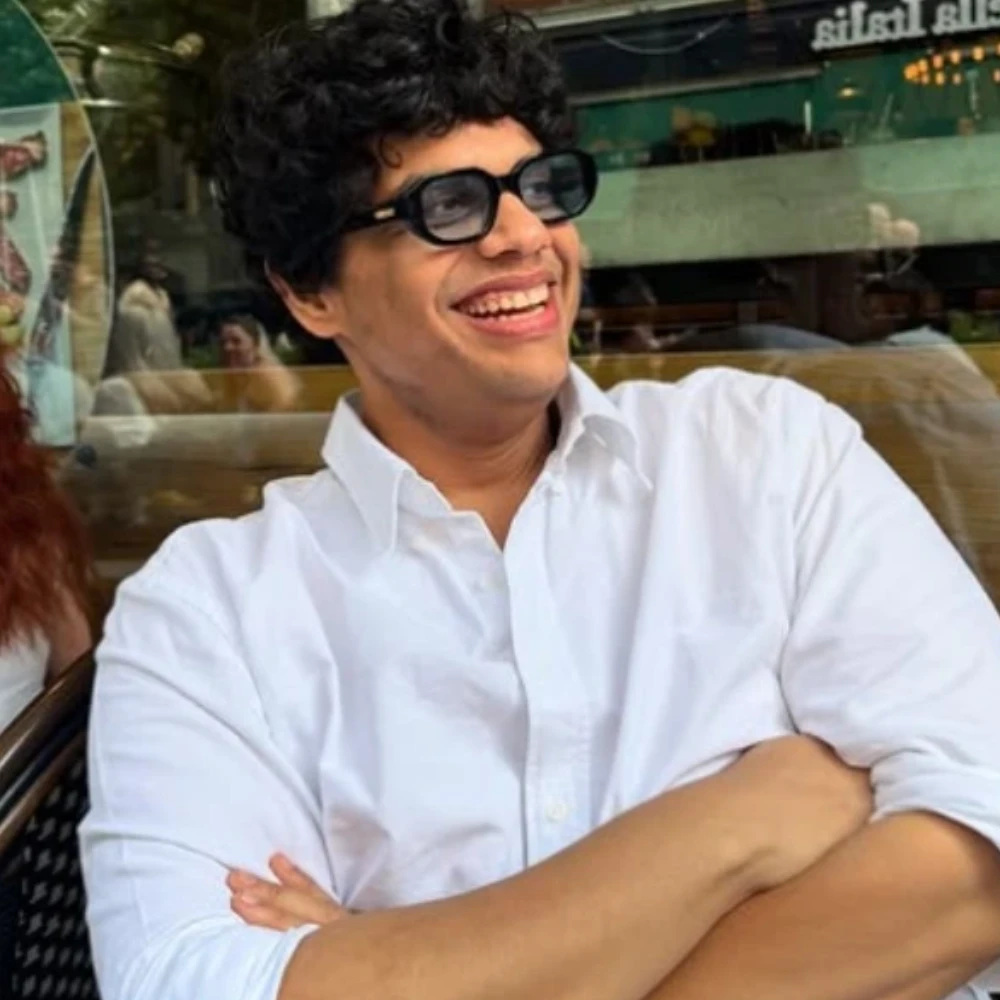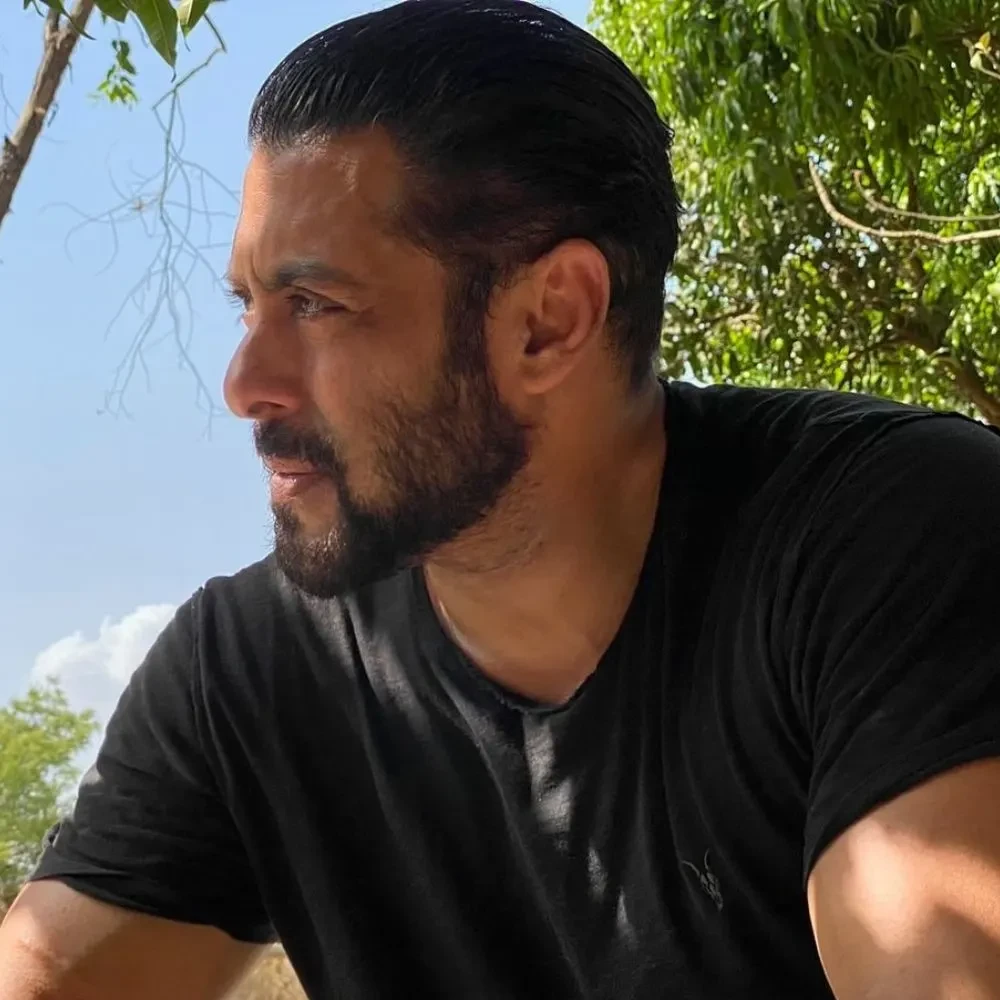The Bruce Lee Workout Routine: A Martial Artist's Guide to Fitness
Let us learn about the training hours and exercises in the Bruce Lee workout routine and take inspiration from his dedication to martial arts and fitness.
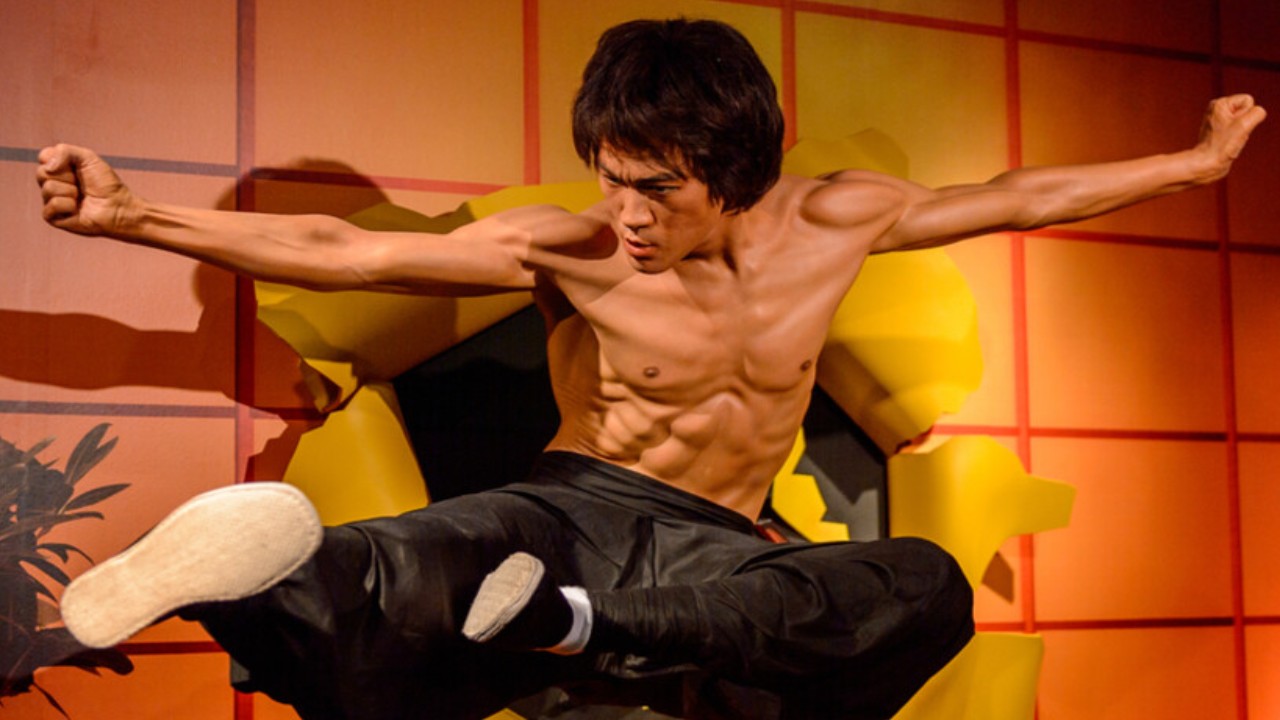
A legendary figure who brought both the worlds of cinema and martial arts together to revolutionize the entertainment industry – this article about the Bruce Lee workout routine is an attempt at portraying his impact on popular culture, along with his unparalleled skills and charismatic presence across generations. According to Chuck Norris, Bruce Lee was the most hard-working person he had ever seen, which is reflected by the amazing training plan he followed.
Although Bruce Lee left us for the heavenly abode very early, his innovative approach to martial arts, philosophy, and training methods still resonates with people today. So, let us understand how he perceived and practiced these disciplines throughout his life which made him an inspiration and idol to many young adults even years after he passed away.
Who is Bruce Lee?
Bruce Lee, born Li Jun Fan on November 27, 1940, in San Francisco, USA, and later growing up in Hong Kong, was a celebrated actor known for his martial arts skills. He played a significant role in popularizing martial arts movies during the 1970s. His introduction to the entertainment industry was early due to his father's involvement in opera and acting. Beginning as a child actor, he often portrayed roles like a street urchin. He engaged with local gangs during his teenage years, prompting him to learn kung fu for self-defense. Lee also excelled in dance, winning the Hong Kong cha-cha championship in 1958. He tragically passed away on July 20, 1973, in Hong Kong.
Due to concerns over his street fighting and encounters with the police, Lee was sent to the United States after turning 18. He lived in Seattle, finishing school and studying philosophy and drama at the University of Washington. While there, he established his first martial arts school and later moved to California in 1964, founding a second school and creating his own technique called “Jeet Kune Do”. After gaining attention for his skills, he was cast in The Green Hornet TV series. Facing challenges in finding acting roles after the show's cancellation, he returned to Hong Kong in 1971, achieving success in films like Fists of Fury and The Chinese Connection.
Capitalizing on his newfound box-office influence, Bruce Lee established his own production company, taking on multifaceted roles in his next film, Meng Long Guo Jiang (1972), also known as The Way of the Dragon or Return of the Dragon. His subsequent work, Enter the Dragon (1973), marked a pioneering collaboration between Hong Kong and U.S. production entities, propelling Lee to international stardom. Lee's influence grew even post his death, amassing a sincere fan base and becoming one of the biggest pop culture icons of the 20th century. The film Game of Death, which he had been working on, was completed with stand-ins and cardboard likenesses and released in the year 1978. He is highly regarded for reshaping Asian representation in American cinema. His iconic status was portrayed in a larger-than-life and slightly fictionalized biopic, Dragon: The Bruce Lee Story in the year 1993.
Bruce Lee's Workout Routine:
Bruce Lee changed the way martial artists trained as he recognized the link between enhancing his physical fitness and excelling in martial arts. Rather than solely prioritizing technique as was common in his time, he concentrated on enhancing all aspects of his fitness, encompassing muscular endurance, cardiovascular training, bodybuilding techniques, and flexibility. In his training routines, you can also observe a distinct development and change in the exercises he performed throughout the years. Starting with focused martial arts training, he gradually incorporated greater training for strength using weight training sessions while ensuring flexibility. Additionally, he advanced towards a comprehensive full-body workout plan as well for overall strength and fitness.
To enhance his combat skills, Bruce Lee developed Jeet Kune Do in 1967, aiming to blend the strengths of diverse martial arts into a flexible and adaptable form. This "formless" martial art, inspired by Wing Chun principles, emphasizes attacking with incredible speed, reflecting his belief in fluidity over rigidity. The core philosophy of Jeet Kune Do, also engraved in its emblem: "Using no way as way," and "Having no limitations as a limitation," highlighting Lee's belief that true martial arts are spontaneous and fluid, like water, in contrast to the rigid practices of his time.
Bruce Lee's Workout (Weekly Schedule)
Fortunately, we have authenticated Bruce Lee's training routines. Presented here is one of his earliest workout routines, conducted in the Hak Keung Gymnasium, a Hong Kong gym he frequented thrice a week. The details were inscribed on a gym card in 1965:
- Squat: 3 sets of 10 reps x 95lb
- French Press: 4 sets of 6 reps x 64lb
- Incline Curls: 4 sets of 6 reps x 35lb
- French Press: 4 reps sets of 6 x 64lb
- Con Curl: 3 sets of 10 reps x 70-80lbs
- Two-Handed Curl: 3 sets of 8 reps x 70-80lb
- Tricep Stretch: 3 sets of 8 reps
- Dumbbell Curl: 4 till Failure x 18lb
- Reverse Curl: 4 sets of 6 reps x 64lb
- Wrist Curl: 4 sets till Failure x 64lb
- Wrist Curl: 4 sets till Failure x 10lb
However, it is noteworthy that this is a list of all the workouts he carried out at the gym during those years. It reflected his training philosophy of keeping his routines fluid and evolving.
His workouts involved a range of exercises including compound exercises, speed training, specialized exercises, and individual technique training. From research carried out by various sports journals, here is a glimpse of what Bruce Lee’s workout routine might have looked like during his prime training years:
Monday, January 1, 1968:
9:20–9:30 am: Warming up
9:30-9:49 am: Running
12:00–12:45 pm: Performing 500 punches and 300 finger jabs
3:00–3:55 pm: Engaging in leg squats, pulley stretches and standing leg stretches, and hook kicks
7:30–7:50 pm: Performing 100 finger jabs and 200 punches
9:00-9:30 pm: Performing 4 sets of sit-ups, 4 sets of side bends, and 4 sets of leg raises
Tuesday, January 2, 1968:
9:20–9:30 am: Warming up
9:30-9:49 am: Running
12:00–12:45 pm: Performing 500 punches and 400 finger jabs
3:00-3:45 pm: Performing Squats, 3 sets of punching, each with weights, next a light bag, and a heavy bag
5:15-5:45 pm: Performing 5 sets of sit-ups, 5 sets of side bends, 5 sets of leg raises 8:20-8:24 pm: Performing isometric training for forearms
Wednesday, January 3, 1968:
7:00-9:00 am: Performing Gung Fu workout
9:00-9:15 am: Warming up
9:20-9:50 am: Performing 500 punches (back fist), Skip rope 3 sets
10:00-10:30 pm: Performing 500 finger jabs
11:05-11:15 am: Running
3:05-4:00 pm: Performing 4 sets each of high kick stretching and side leg stretching (left & right) and 3 sets each of pulley hip extension, right leading hook kick, rear left hook kick
Thursday, January 4, 1968:
10:35-10:45 am: Warming up
11:15-12:20 pm: Performing 500 left punches, 500 right punches
12:53-1:07 pm: Running
3:05-3:25 pm: Practicing punching with weight and paper, skip rope
10:05-10:53 pm: Performing sit-up 4 sets, calf raises 4 sets, side bends 4 sets, isometric training for forearms/wrist
Friday, January 5, 1968:
9:25-10:13 am: Performing 500 right punches, 500 left punches
11:00 am: Performing Chi Sao (Wing Chun) practice with Chuck Norris
4:10-5:00 pm: Performing Leg stretching (pulley & stand), straight & side, spin kick
8:30 pm: Performing Sit-up 5 sets, leg raises 5 sets, side bend 5 sets, isometric training for forearms/wrist
Saturday, January 6, 1968:
9:10 am: Warming up
10:40 am: Performing 500 punches, 300 finger jabs
Sunday, January 7, 1968:
10:00 am: Performing 500 right punches, 500 left punches, leg stretching, Chi Sao (Wing Chun) practice
11:30 am-12:00 pm: Performing Isometric training for forearms
9:10-9:55 pm: Performing waist and abdominal exercises such as, sit-up 5 sets, side bend 5 sets, leg raises 5 sets, stop by the gym
Bruce Lee's Diet Plan
Following the wise words of the legendary figure Bruce Lee, he emphasized consuming only what's necessary for a martial artist's needs and avoiding foods with no martial benefits. He meticulously managed his diet to not only balance body fat but also to ensure enough fuel for his demanding training programs.
Lee typically opted for four or five smaller daily meals instead of a few large ones, accompanied by nutritious snacks like fruits. This approach prevents metabolic slowdown caused by large meals, curbing excess calorie storage as fat. Regular small meals signal the body to avoid calorie retention, effectively preventing fat accumulation. He completely stayed away from refined carbohydrates such as baked foods, white rice, breakfast cereals, etc. as he called them ‘empty calories’, meaning foods that are high in calories but do not offer prolonged energy.
Bruce Lee had a fondness for Chinese cuisine, particularly enjoying beef with oyster sauce, and he even incorporated organ meats for their nutritional value during his training. He also had a weakness in Italian dishes like spaghetti. He was an avid consumer of green tea, as he recognized its advantages including antioxidants, potential cholesterol reduction, stroke risk mitigation, and blood pressure regulation.
Lee frequently mentioned how consuming royal jelly provided him with a rapid energy lift before shooting. This naturally occurring substance is known to be a rich source of vitamin B-complex, amino acids, and minerals, including notable amounts of vitamins B5 and B6, acetylcholine, hormones, and various beneficial components. It is known to offer several health benefits such as antimicrobial, immune system regulating, reproductive health improvement, and anti-diabetic properties (1).
Additionally, Lee favored ginseng-infused tea, a traditional Chinese remedy believed to enhance circulation, blood supply, and 'Yang' energy (2). Along with a healthy diet, and vitamin and mineral supplements, there are certain additional supplements he consumed. This included a protein shake consumed twice daily consisting of eggs, wheat germ oil, peanut butter, bananas, brewer yeast, and granular lecithin.
Conclusion
The legacy of the Bruce Lee workout routine and diet regimen continues to inspire individuals around the world. His dedication to constantly changing, evolving, and pushing the boundaries of his own capabilities made his journey truly iconic. Lee's innovative approach to training and nutrition was based on his philosophy of the importance of adaptability, fluidity, discipline, and self-discovery which is relevant even in today’s day and age. Bruce Lee's remarkable fusion of mental and physical prowess transcends generations which reminds us all of the potential that resides within each of us.
ALSO READ: Henry Cavill's Workout Routine: Train Like A Superman





 JOIN OUR WHATSAPP CHANNEL
JOIN OUR WHATSAPP CHANNEL